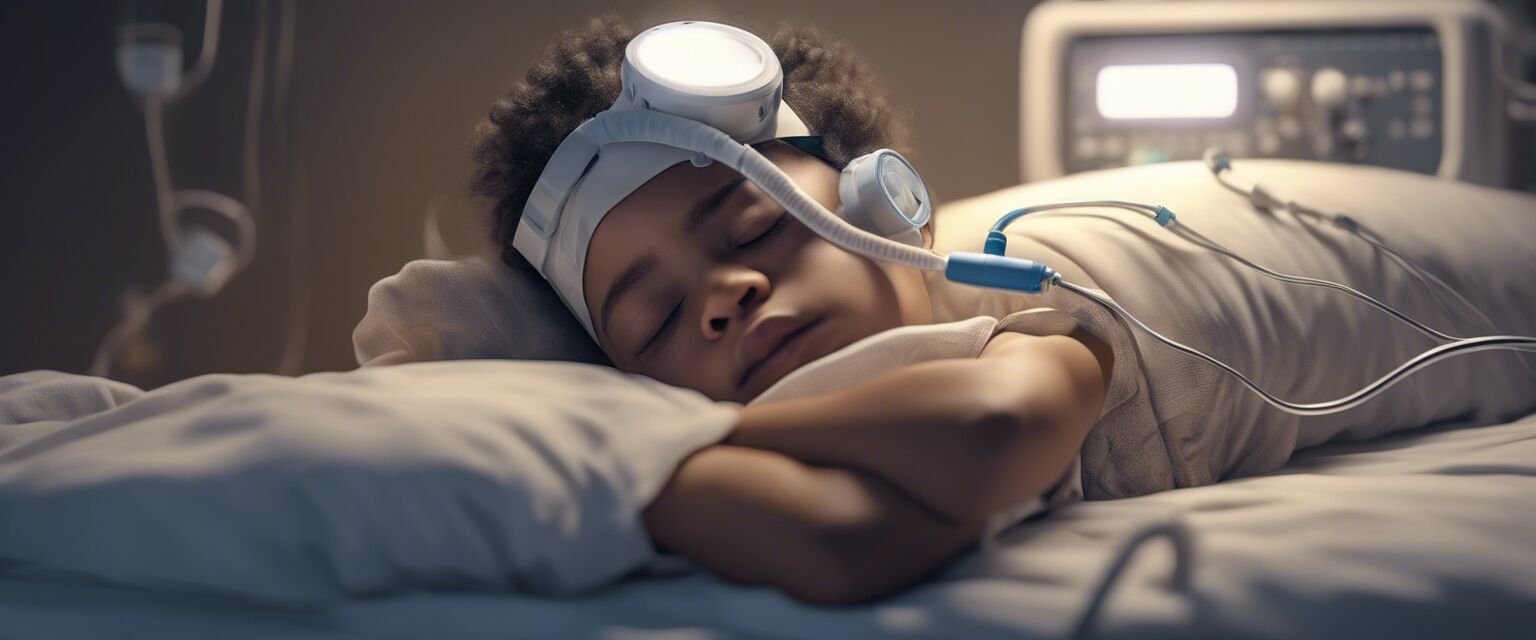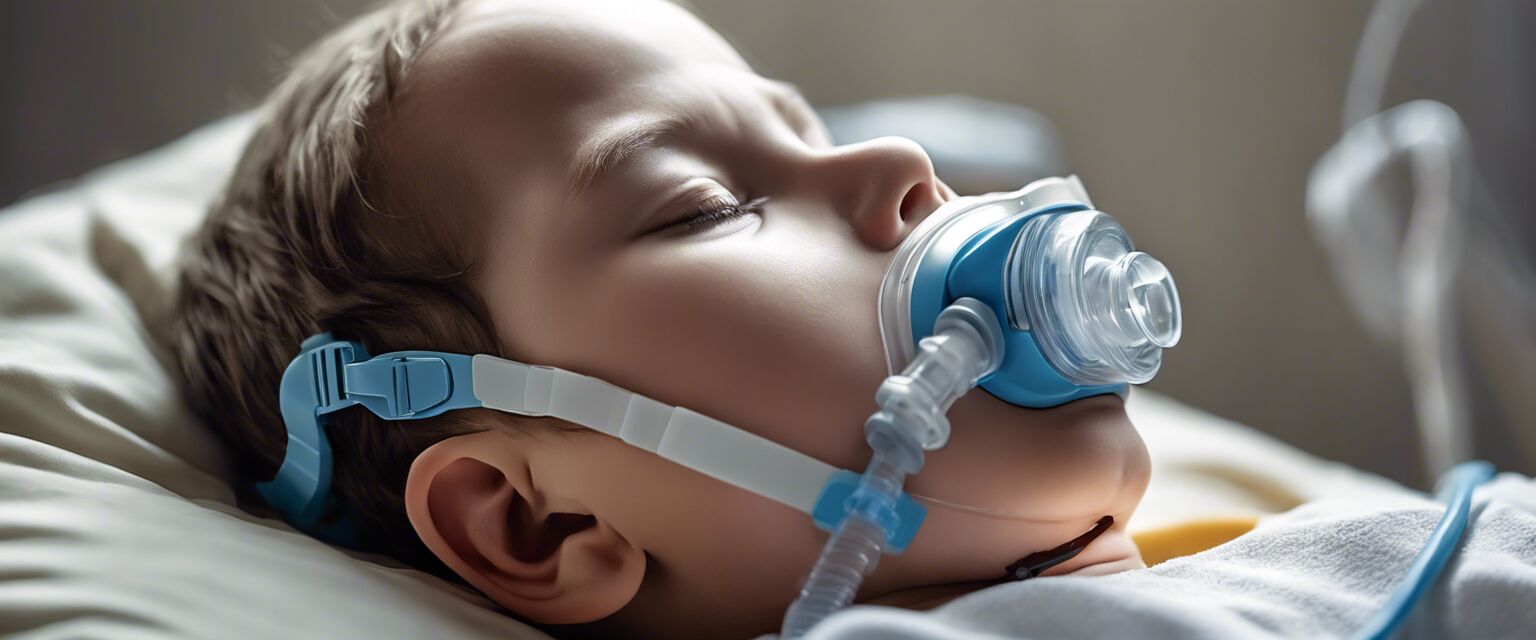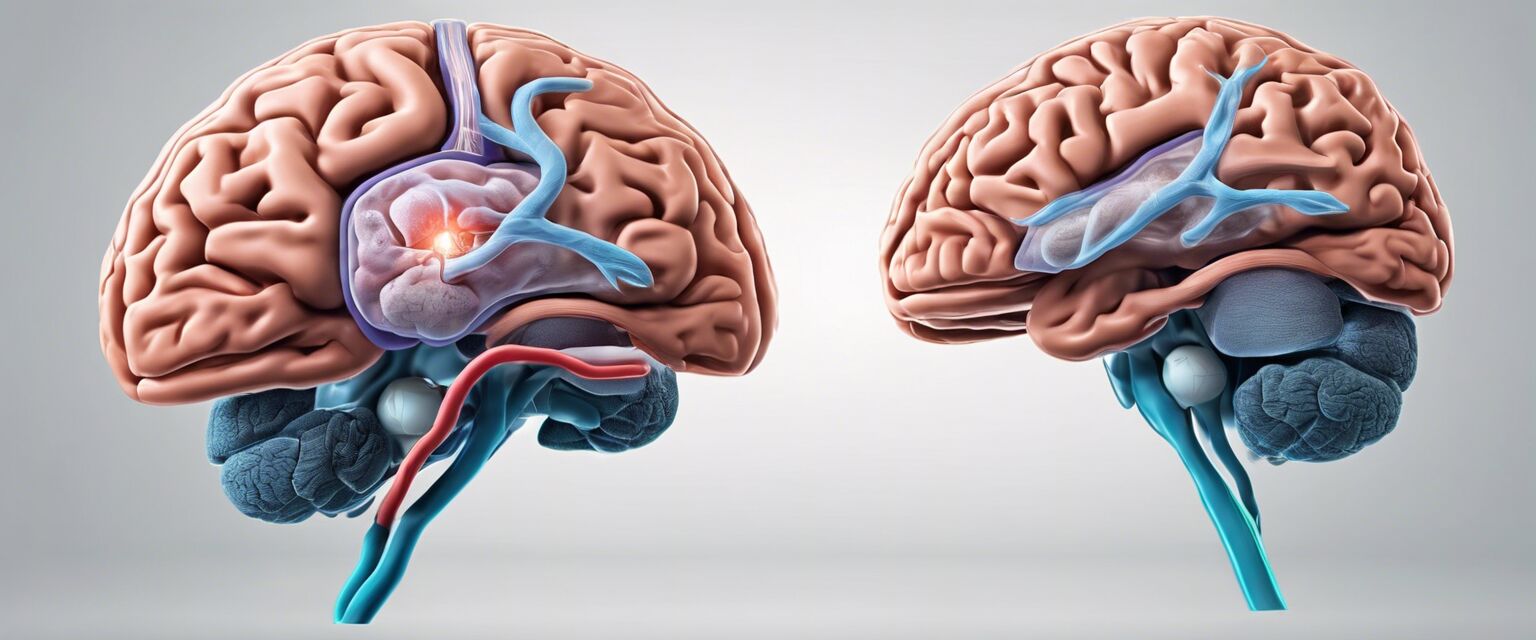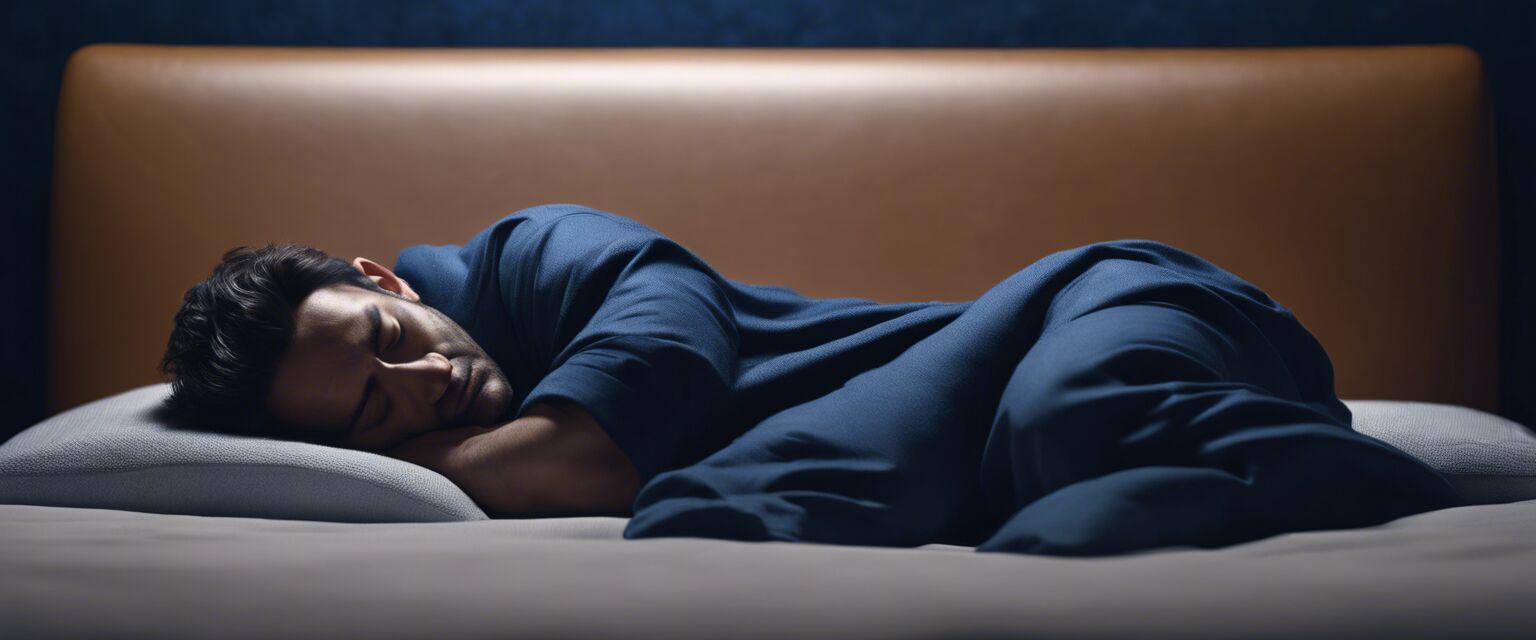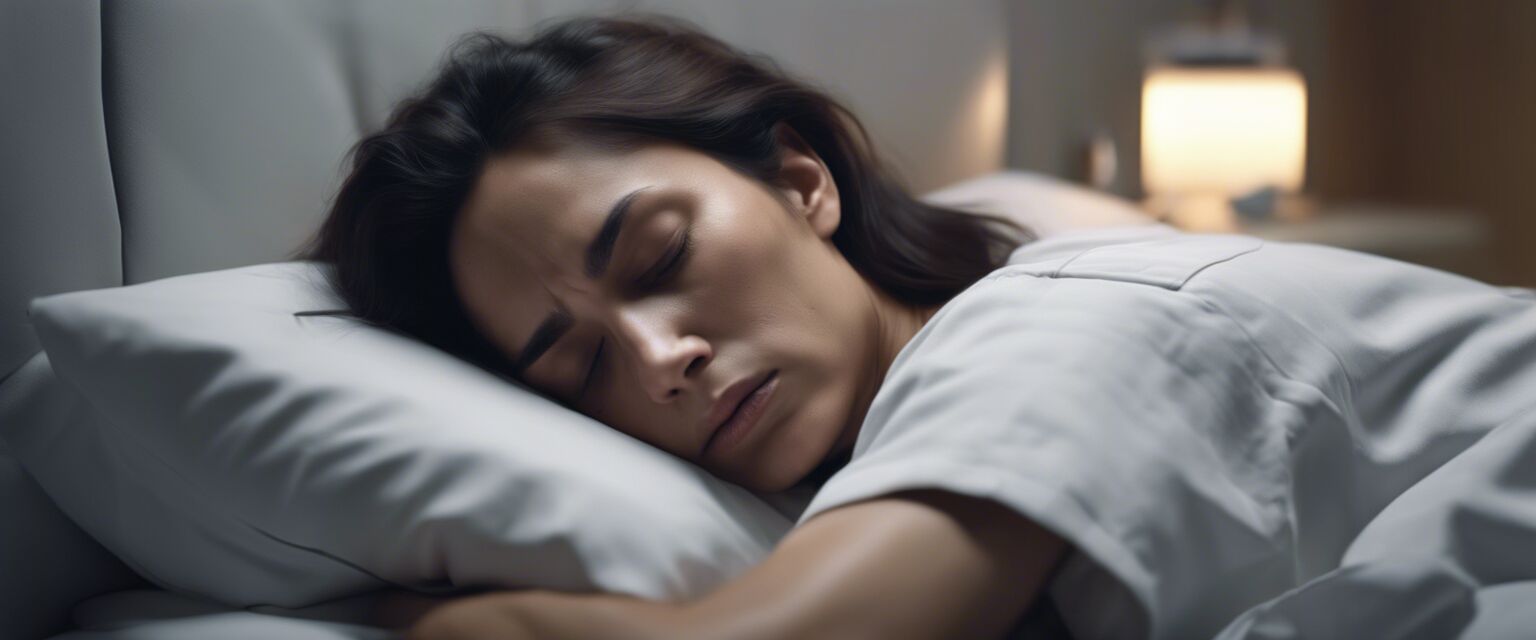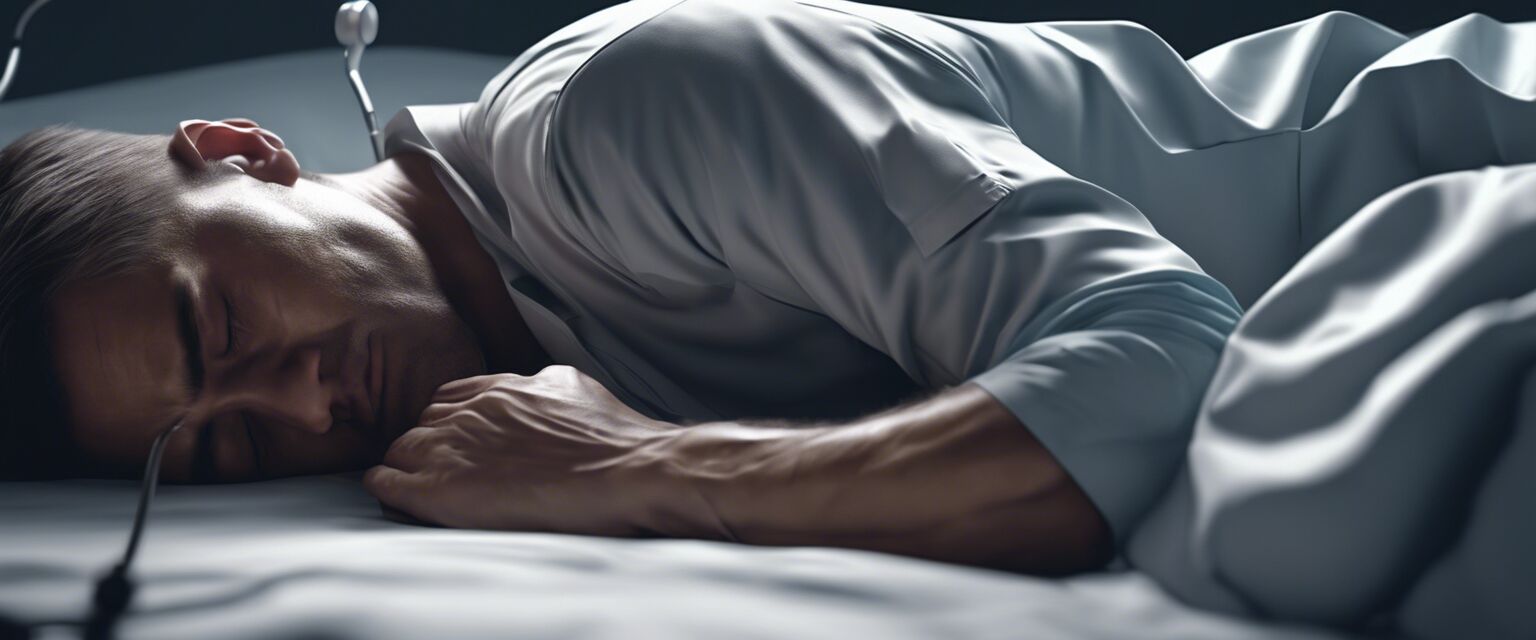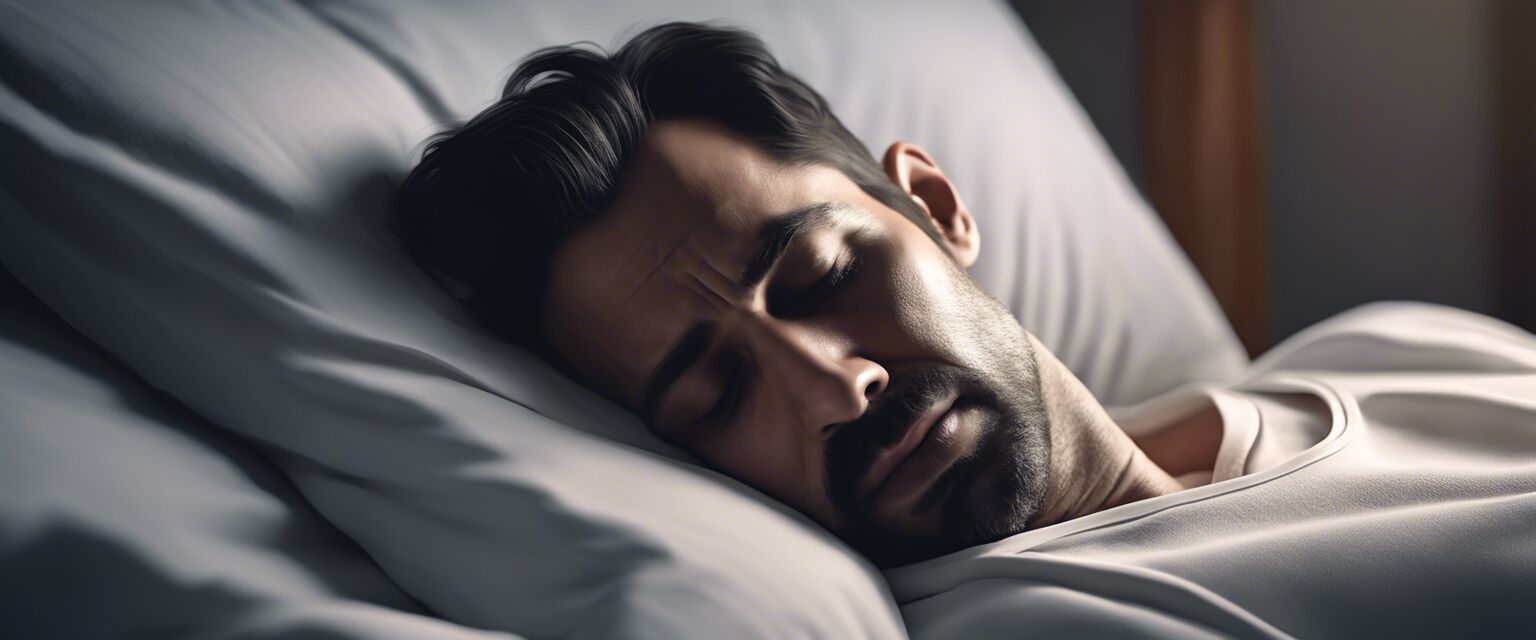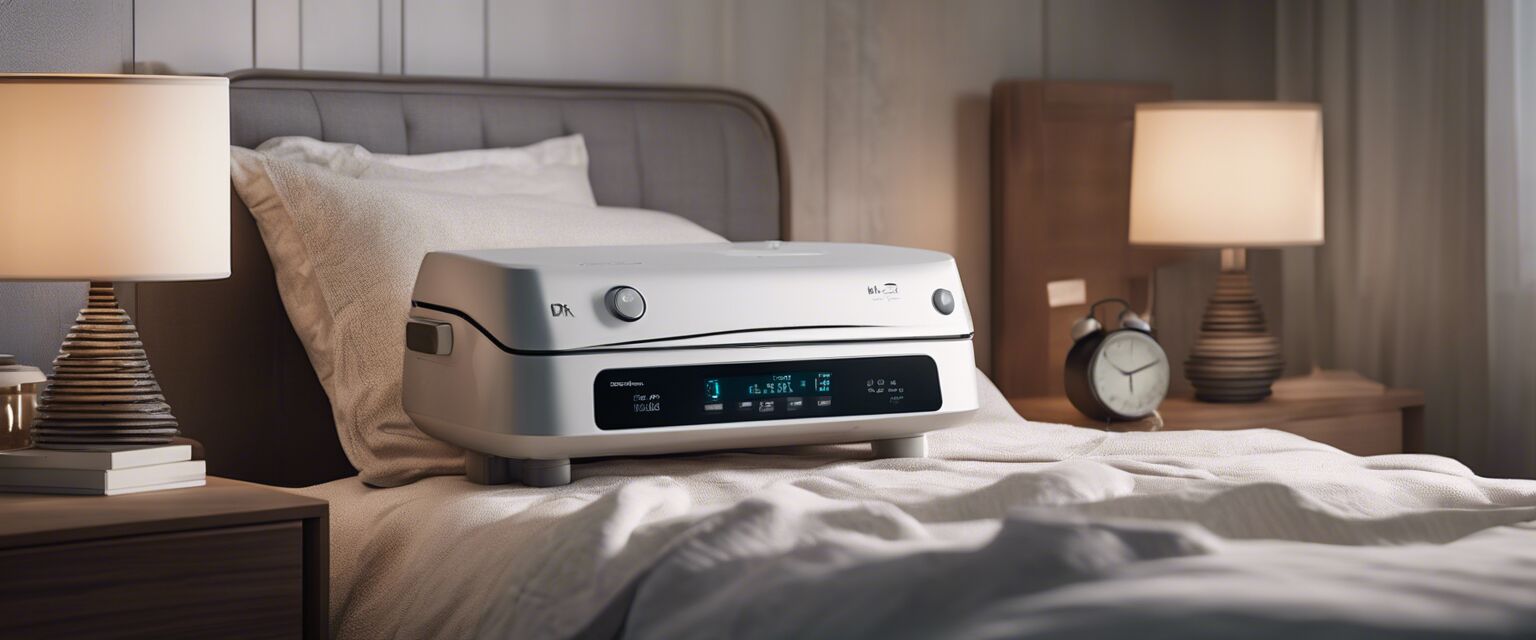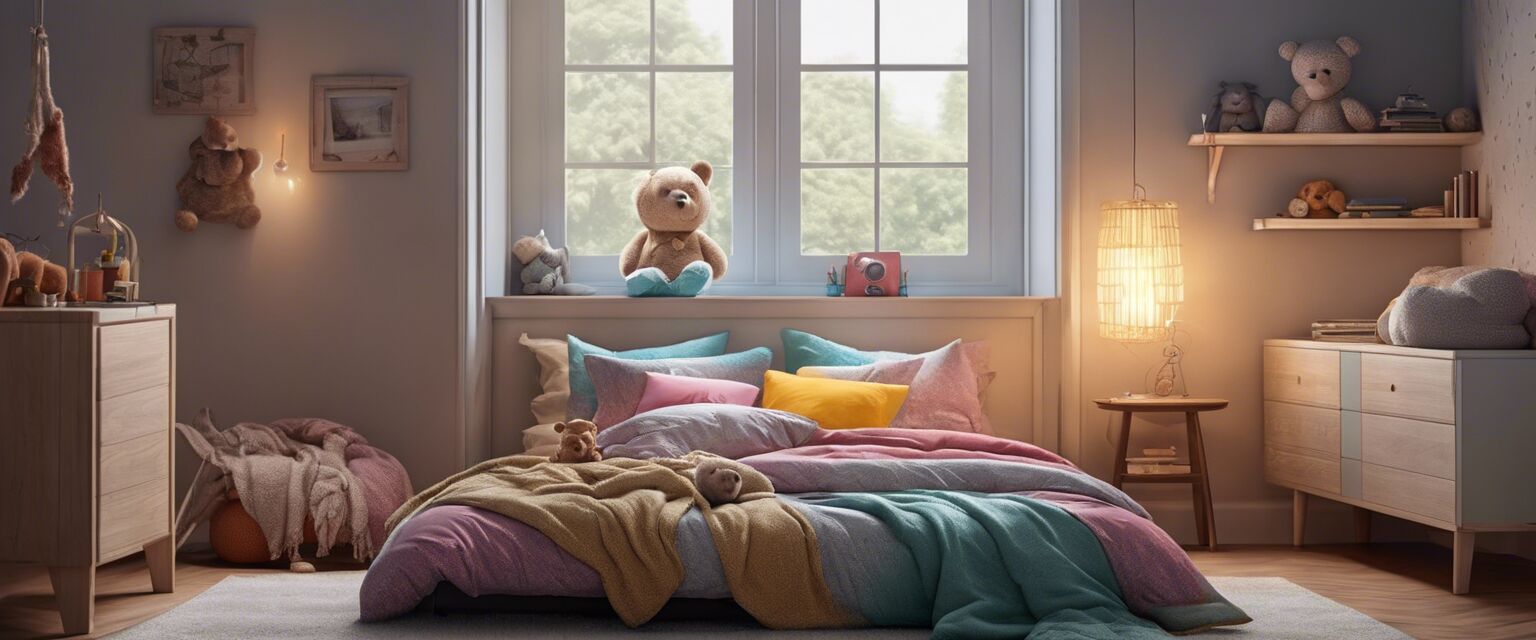
Sleep Apnea in Children
Key Takeaways
- Sleep apnea is a serious condition in children that can impact their health and behavior.
- Common symptoms include loud snoring, gasping during sleep, and fatigue during the day.
- Diagnosis often involves sleep studies and clinical evaluations.
- Treatments can include lifestyle changes, CPAP therapy, and sometimes surgery.
- Consulting a pediatric specialist is critical for effective management.
Sleep apnea is not just an adult issue; it can significantly affect children too. This article aims to highlight the special considerations and treatments for pediatric sleep apnea. Understanding the symptoms and seeking timely intervention can be life-changing for both children and their families.
What is sleep apnea in children?
Sleep apnea is a sleep disorder where breathing repeatedly stops and starts. In children, this condition is often caused by enlarged tonsils or adenoids. It's crucial to recognize this disorder early as it can lead to various complications including behavioral issues, poor academic performance, and developmental delays.
Symptoms of sleep apnea in children
Understanding the indicators of sleep apnea in children can be the first step towards effective treatment. Common symptoms include:
- Frequent snoring or noisy breathing during sleep
- Gasping or choking sounds
- Daytime sleepiness or fatigue
- Behavioral problems such as hyperactivity
- Difficulty concentrating in school
- Weight issues, including obesity
Diagnosis of sleep apnea in children
If sleep apnea is suspected, the following steps may be taken for diagnosis:
- Clinical Evaluation: A pediatrician or specialist assesses medical history and signs.
- Sleep Study: A polysomnography, or sleep study, may be conducted to monitor sleep cycles and breathing patterns.
- Home Monitoring: In some cases, portable monitors may be used to assess sleep apnea symptoms at home.
Treatments for sleep apnea in children
Treatment for pediatric sleep apnea can vary based on the underlying cause. Here are some of the common approaches:
Pros of treating sleep apnea
- Improved sleep quality
- Better concentration and learning ability
- Enhanced overall health and wellbeing
- Decreases behavioral issues
Cons of untreated sleep apnea
- Increased risk of obesity and related health issues
- Potential developmental delays
- Greater chance of emotional disturbances
- Long-term cardiovascular issues
1. Lifestyle changes
Making adjustments to a child's lifestyle can often alleviate mild cases of sleep apnea. Suggestions include:
- Encouraging a healthy weight
- Promoting regular sleep schedules
- Avoiding allergens in the bedroom environment
2. CPAP therapy
A Continuous Positive Airway Pressure (CPAP) machine is often recommended for moderate to severe sleep apnea. It helps keep airways open during sleep.
3. Surgical options
In some cases, surgery may be required to remove enlarged tonsils or adenoids. Consult with a specialist to understand the options available.
Importance of consulting a specialist
If you suspect your child has sleep apnea, itâs essential to schedule an appointment with a healthcare professional who specializes in sleep disorders. They can provide tailored advice and treatment plans specific to your childâs needs.
Helpful resources for parents
Here are some resources that can assist parents in managing pediatric sleep apnea:
- CPAP machines for children
- CPAP masks and accessories
- Humidifiers for sleep therapy
- Nasal strips and aids
- Sleep monitors for tracking
Conclusion
Sleep apnea can have significant consequences for children and their daily lives. Recognizing the signs, seeking proper diagnosis, and pursuing suitable treatments can lead to a better quality of life. Always consult with healthcare professionals to ensure your child receives the best care possible.
Tips for Parents
- Keep a sleep diary to track patterns and symptoms.
- Engage your child in healthy weight activities.
- Regularly inspect the sleep environment for comfort and safety.
- Stay informed about the latest treatments and research.

